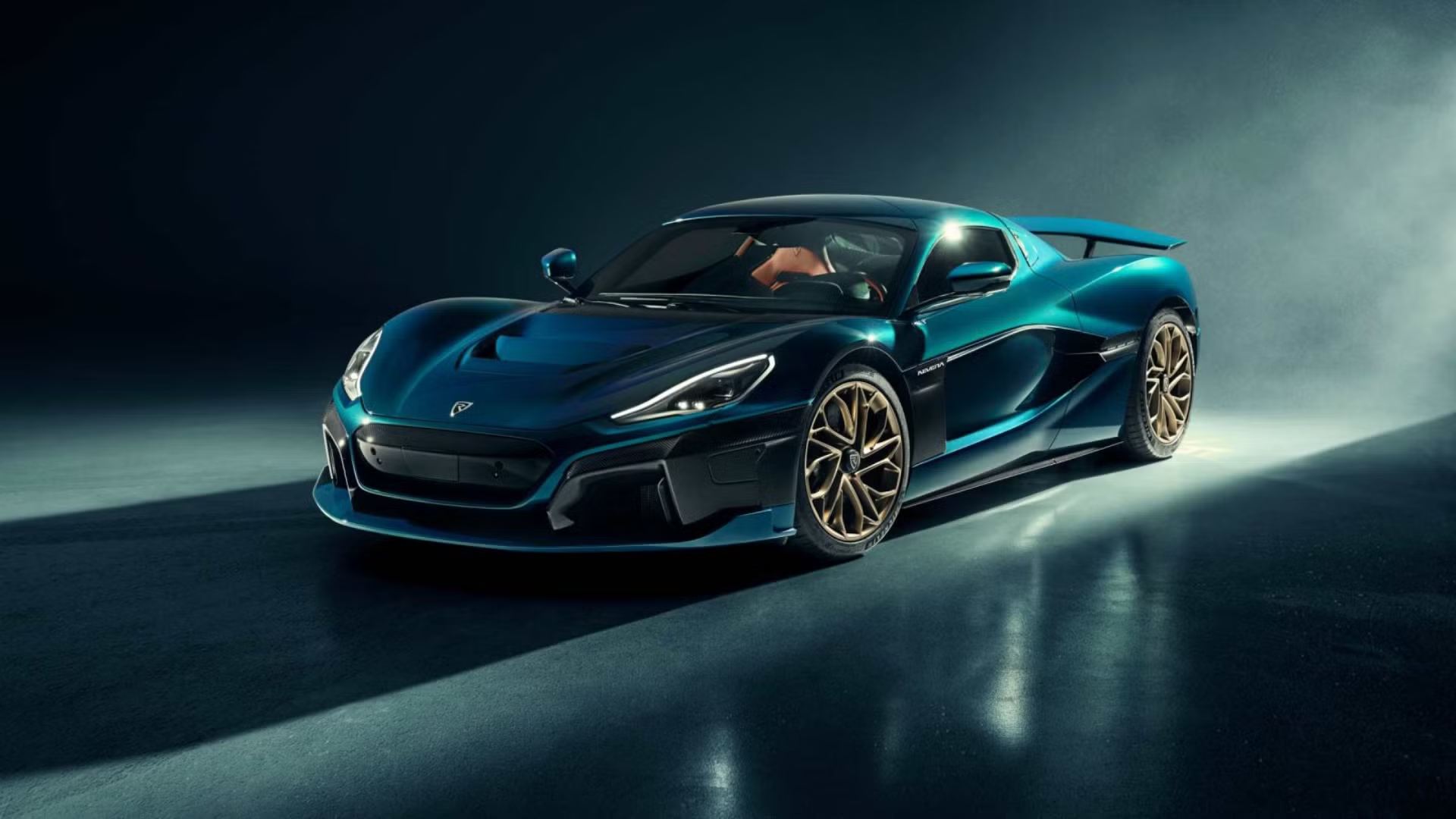Introduction The world of supercars is at a crossroads. While traditional internal combustion engine (ICE) supercars have ruled the roads for decades, the rise of electric supercars is challenging their dominance. With advancements in battery technology, aerodynamics, and sustainability, electric supercars are proving to be more than just an alternative—they might be the future. But do they truly outperform their gasoline-powered counterparts? Let’s dive into this head-to-head battle of power, speed, and innovation.
1. Power and Performance: Instant Torque vs. Engine Roar
One of the biggest advantages of electric supercars is instant torque delivery. Unlike internal combustion engines that require revving up to reach peak power, electric motors provide full torque from 0 RPM, resulting in blistering acceleration.
Electric Supercars:
- Instant power delivery
- Faster acceleration (0-60 mph under 2 seconds in some models)
- Linear power curve with no gear shifts
ICE Supercars:
- High-revving engines deliver an exhilarating driving experience
- Manual transmission options provide more driver engagement
- The iconic roar and exhaust notes are unmatched
2. Speed and Acceleration: Who is Faster?
Electric supercars like the Rimac Nevera and Tesla Roadster 2.0 have pushed the boundaries of acceleration, achieving 0-60 mph in under 2 seconds. While ICE supercars can reach comparable top speeds, their acceleration lags behind due to gear shifts and power delivery delays.
Fastest Electric Supercars:
- Rimac Nevera: 0-60 mph in 1.85 seconds
- Tesla Roadster 2.0: Estimated 0-60 mph in 1.9 seconds
- Lotus Evija: Extreme aerodynamics for maximum speed
Fastest ICE Supercars:
- Bugatti Chiron Super Sport: 0-60 mph in 2.4 seconds
- Ferrari SF90 Stradale: 0-60 mph in 2.3 seconds
- McLaren Speedtail: A hybrid masterpiece reaching 250 mph
3. Sustainability and Efficiency: The Green Revolution
One of the main reasons electric supercars are gaining traction is their eco-friendliness. With governments pushing for carbon neutrality, EVs produce zero emissions, making them a more sustainable option for the future.
Advantages of Electric Supercars:
- Zero tailpipe emissions
- Lower long-term running costs
- Renewable energy integration (solar/wind charging options)
ICE Supercars’ Environmental Challenges:
- High CO2 emissions contribute to pollution
- Dependence on fossil fuels
- Limited sustainability improvements
4. Driving Experience: Engaging or Effortless?
Many supercar enthusiasts argue that the driving experience of ICE vehicles is unmatched. The sound of a revving V12, the feel of a manual gearbox, and the sensory engagement make ICE supercars a thrilling experience.
Electric Supercar Experience:
- Silent but powerful
- Smooth acceleration without gear shifts
- Advanced AI driving modes enhance control
ICE Supercar Experience:
- Loud, visceral engine sound
- Manual transmission offers more driver control
- Mechanical feedback makes for an engaging ride
5. Cost and Maintenance: Which One is More Practical?
While electric supercars have higher upfront costs, their long-term maintenance expenses are lower due to fewer moving parts and less wear and tear.
Electric Supercars:
- Lower maintenance costs (no oil changes, fewer components)
- Expensive battery replacement but longer lifespan
- Charging infrastructure still expanding
ICE Supercars:
- Regular maintenance required (oil changes, engine servicing)
- Higher fuel costs
- More mechanical components prone to wear
6. The Future: Will Electric Supercars Take Over?
As technology evolves, electric supercars are proving to be faster, more sustainable, and technologically advanced. Traditional ICE supercars still offer an unmatched sensory experience, but with stricter emissions regulations, they may become a rare collector’s item rather than mainstream performance machines.
Key Takeaways:
✅ Electric supercars are faster in acceleration but ICE supercars still dominate top speed battles.
✅ EVs are more sustainable and have lower maintenance costs.
✅ ICE supercars provide a more engaging and traditional driving experience.
✅ The future of performance vehicles is shifting towards electrification.
Conclusion: Which Supercar Would You Choose?
The choice between electric and internal combustion supercars ultimately depends on personal preference. If you crave raw engine sounds, mechanical feel, and classic engineering, ICE supercars still have an edge. But if you want the latest in speed, efficiency, and cutting-edge technology, electric supercars are the way forward.
🚗 What’s your take on the future of supercars? Are you team EV or team ICE? Let us know in the comments below!

